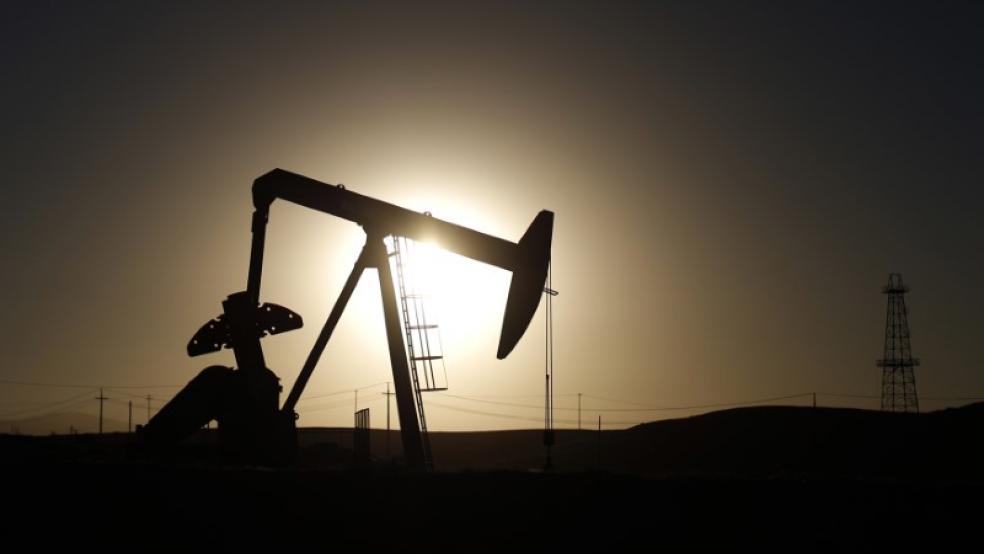The 2020s could be a “decade of disorder” for the oil markets as the lack of drilling today leads to a shortfall of supply. Demand will continue to grow, year after year, and shale will not be able to keep up.
It may be hard to envision today, with an oil market suffering from low prices and a glut of supply. Falling breakeven prices have drillers still churning out huge volumes of shale oil, with production in the U.S. already rebounding and rising on a weekly basis.
Related: Want to See the Future of the Electric Car? Go to China
The tidal wave of shale, however, is the direct result of extreme market tightness a decade ago, which pushed oil prices up into triple-digit territory. The rapid rise of China and other developing Asian countries in the early 2000s put the squeeze on the market, as conventional production struggled to keep up with demand. High prices sparked new shale drilling in the 2010-2014 period, which, as we now know, brought a lot of supply online. That, subsequently, led to a price meltdown.
“I think that what you might take away from this historical review, is that oil is volatile. We go through periods of stability, followed by huge increases, followed by the almost inevitable downturn coming off the big spike,” The former administrator of the EIA, Adam Sieminski, said on the Platts Capitol Crude podcast on April 10. But busts in the oil market tend to sow the seeds of the next upcycle.
“And we’re in that downturn kind of age now. And everybody is kind of sitting around saying ‘well, maybe shale is going to make it different. Maybe we are going to be less volatile now because shale can feed into rising demand.’ I’m thinking that the decade of the ‘20s is going to be one of difficulties,” Sieminski said. “That’s why I call it the decade of disorder. We’re not getting enough capital investment now, I don’t know that shale is going to be able to do it all.”
The comments from the former EIA Administrator echoes a similar view from its international counterpart, the IEA, which has repeatedly warned about a price spike in a few years’ time because of the drastic cut back in drilling and investment over the past three years. Between 2000 and 2014, the oil industry saw a fivefold increase in upstream oil and gas investment, growing from $160 billion in 2000 to $780 billion in 2014.
Related: 5 Reasons Oil Prices Could Fall in 2017
But investment fell by over $300 billion in the two-year period of 2015 and 2016 – “an unprecedented occurrence,” the IEA noted in a 2016 report on energy investment. 2017 could show marginal increases in spending, but the industry is not returning anywhere close to the pre-2014 levels of investment.
That could set the world up for a supply shortfall by the end of the decade when large deepwater projects that were not given the greenlight over the past three years would have started to materialize. The lack of new production will mean that suppliers struggle to keep up with demand.
Michael Cohen, head of energy markets research at Barclays, told the Platts Capitol Crude podcast that a supply shortfall could hit as soon as the 2020-2022 period, assuming annual oil demand growth of 0.8 to 1 mb/d, which is lower than the 1.3 mb/d of demand growth the IEA expects for this year. Of course, if demand grows each year at a more than 1 mb/d rate – not an unreasonable scenario – the supply shortage would be even more acute. “The question is whether the market will see that eventuality and try to price it in beforehand,” Cohen said on the Platts podcast. “It is our view that prices need to rise” in order to incentivize new supply coming online to cover that eventual gap, he added.
“All it’s gonna take is a geopolitical crisis in some country, pick one – Venezuela – and a couple million barrels per day goes off the market, and I’m not sure we really have the ability to react as quickly,” former EIA head Adam Sieminksi told Platts. “The possibility of things sort of very rapidly leading into shortages could give you that disorder.”
This article originally appeared on OilPrice.com. Read more from OilPrice.com:
Don't Believe The Hype: Oil Markets Far From Recovery
What Does The Future Hold For Canada’s Oil Sands?
Bullish Oil Price Predictions Should Be Treated With Caution




